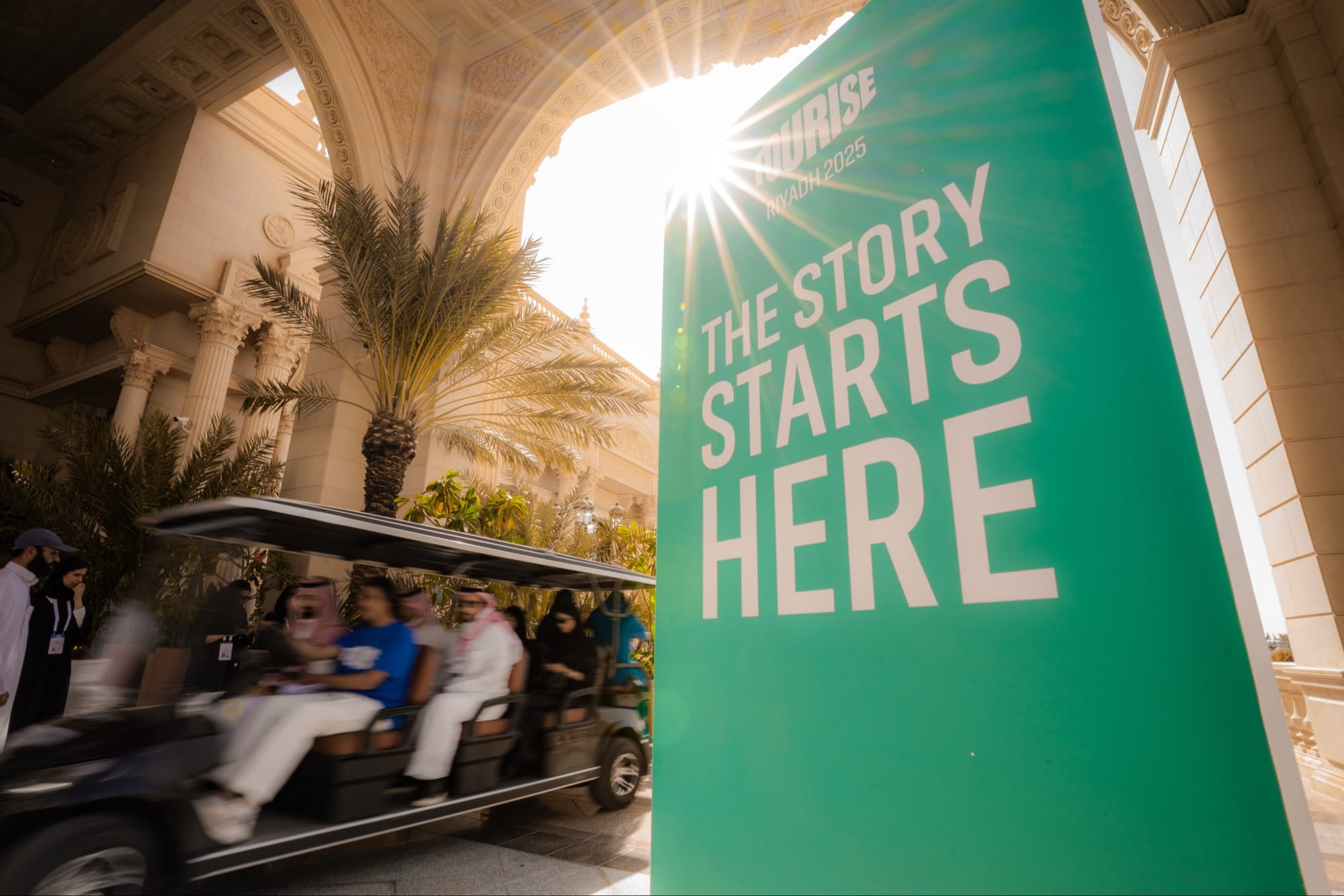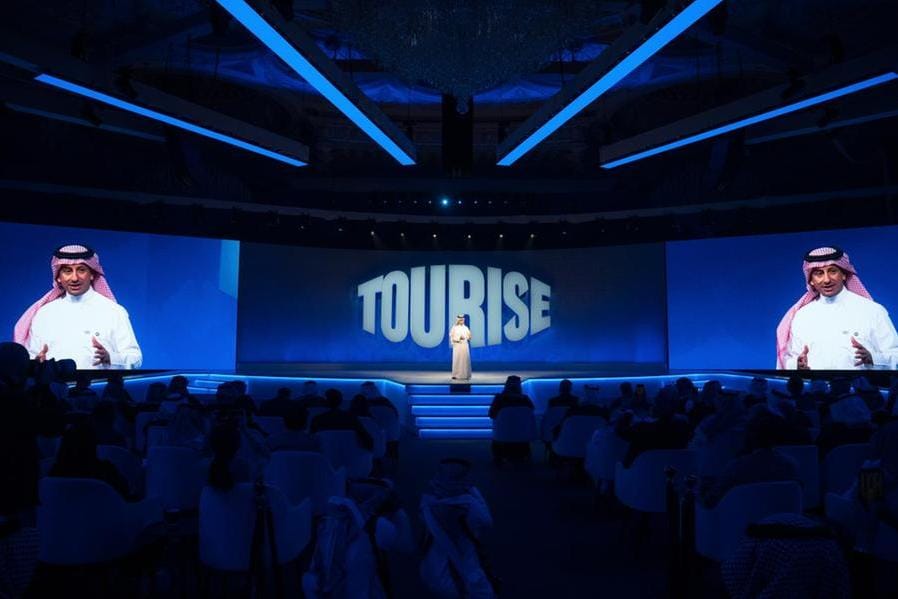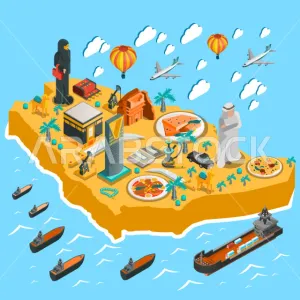When the world’s tourism leaders landed in Riyadh this November, Saudi Arabia did more than host a summit. Under H.E. Ahmed Al-Khateeb’s leadership, the Kingdom executed a precise back-to-back strategy: first, the 26th UN Tourism General Assembly (7–11 November, 2025); then, the inaugural TOURISE summit (11–13 November)—turning global attention into execution while stakeholders were still on the ground.
What happened at a glance
- UNTGA in Riyadh (7–11 Nov). Member states convened to discuss governance, competitiveness, and the sector’s AI future, culminating in the Riyadh Declaration, which outlines a 50-year roadmap.
- TOURISE immediately after (11–13 Nov). A deals-focused platform, powered by the Ministry of Tourism, uniting ministers, investors, operators, and technologists to mobilize capital and action.
Why the sequencing matters
1) From declarations to delivery. The General Assembly closed with a long-term vision; TOURISE created the room (and pressure) to operationalize it via MOUs, pipelines, and cross-sector tasking.
2) Higher ROI on attendance. One travel window, two outcomes—policy alignment and project origination—maximizing ministerial time, investor momentum, and media cycles. (Agenda and format confirm the intent.)
3) Agenda-setting credibility. Hosting the Assembly and launching TOURISE positions Riyadh not just as a fast-growing market, but as a convening hub shaping sustainability, inclusion, and AI across the sector.

Vision in motion: the next phase of Saudi tourism
Al-Khateeb has signalled a calibrated shift: from a luxury-first showcase to a broader mix that welcomes the global middle class—while continuing to grow pilgrimage, culture, nature, and MICE. Target: 150 million visits by 2030 with more affordable mid- and upper-mid-range options joining flagship luxury.
What this means for founders and operators
- Deal flow & partnerships. Expect follow-ups from TOURISE regarding destination partnerships, SME digitization, and workforce initiatives aligned with the pillars of the Riyadh Declaration.
- AI & service design. Watch pilots in biometric journeys, predictive demand, accessibility tech, and dynamic packaging—areas emphasized as the Assembly closed.
- Product mix expansion. More family-friendly, mid-market inventory will open new price points in Red Sea, Diriyah, Al-Ula and beyond—broadening TAM for hospitality, mobility, and experience-layer apps.
- Regional mobility tailwinds. GCC facilitation (visa/mobility) will lengthen stays and increase per-trip spending when implemented, thereby compounding returns for multi-country itineraries.

Why does it reflect visionary leadership?
- Institutional sequencing. Staging UNTGA (7–11 Nov) and TOURISE (11–13 Nov) back-to-back is a systems move: align stakeholders, then commit capital and timelines before the “event effect” fades.
- Evidence over announcements. The Reuters brief from the Assembly highlights a pragmatic pivot meeting middle-class demand while maintaining the luxury halo, ensuring growth is both broad and durable.
- Long-horizon framing. The Riyadh Declaration sets a shared 50-year path for sustainability, inclusion, and AI, turning Saudi convening power into a global reference point.
The message from Riyadh is clear: tourism must rise and deliver. By pairing the UN system’s long-view with a deals-ready summit, H.E. Ahmed Al-Khateeb turned convening into commitment. For operators and founders, the next advantage goes to those who act while the momentum is real.


